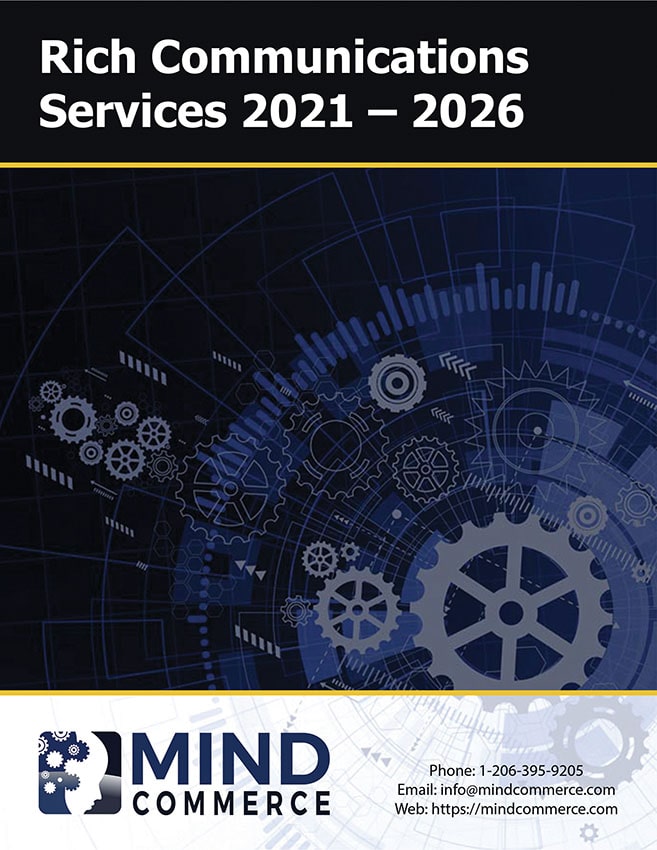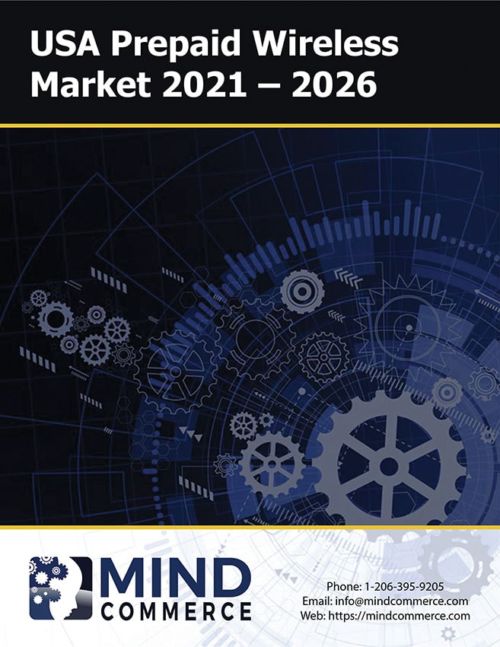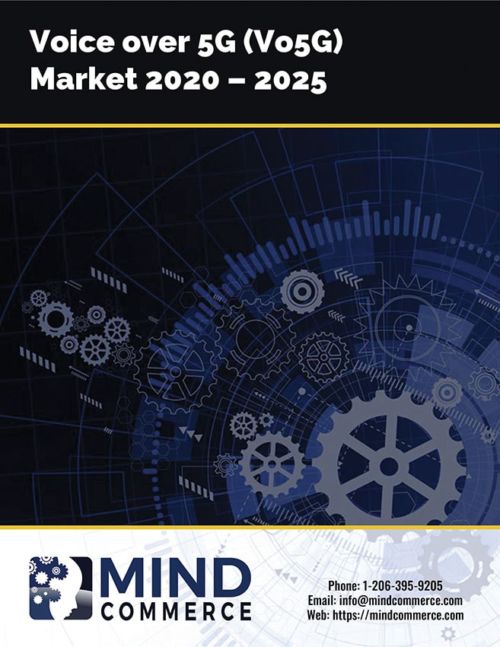Description
Rich Communication Services (RCS) originally marketed by GSMA marks the transition of messaging and voice capabilities from Circuit Switched technology to an all-IP world. RCS and VoLTE share the same IP Multimedia Subsystem (IMS) investment and leverage the same IMS capabilities. For consumers, the RCS market will realize the potential to combine voice and SMS with instant messaging or chat, live video sharing and file transfer across all devices and networks.
RCS Market Dynamics
Mobile communications have become increasingly fragmented as the number of available options continues to grow. In addition to traditional voice calls, email, and messaging, mobile users can now take advantage of numerous over-the-top (OTT) services, which are available simply by downloading over an IP data connection on a smartphone. Contrasting OTT with RCS, the latter provides the mobile network operator with an opportunity to leverage their IMS and LTE investment for integrated services/features that they control and can enjoy the benefits in terms of revenue and improved profitability.
RCS for Consumers
RCS will facilitate many consumer-related applications and solutions. From the communication service provider’s perspective, RCS is an opportunity to better compete against OTT-based service offerings. From the third-party application and content provider perspective, RCS provides a means of leveraging telecom APIs to better integrate with communication apps.
With the introduction of RCS, enterprise can leverage various API interfaces to fully integrate with their operations, providing differentiation not found today. Integration can occur between mobile network operator (network infrastructure and databases) and enterprise assets such CRM and employee data. Businesses can enhance their communications infrastructure by providing a single interface from which users can initiate voice, video, and messaging sessions.
RCS provides access to these features directly from a device’s address book, whether the device is a smartphone, wearable, tablet, or PC. In addition to traditional contact information (name, number, email address, social media identity) the enhanced RCS address book positively identifies users and identifies whether each contact’s device can join a chat, initiate a video call, or send a file.
RCS for Business
RCS-enabled business messaging helps brands communicating with customers and engaging customers in compelling way using AI, chatbots, and in-chat search at the backend. This technology confirms the call to action order using the intelligent capabilities. Business messaging may contain text, graphical contents, video or audio content, chatting options and in-chat search, as well as call to action buttons that can trigger booking or purchase options for products/services.
RCS also provides the ability for a corporate entity to allow their employees to customize their own mobile experience via the RCS interface while at the same time providing an enterprise interface or so called, Corporate Dashboard, which is the interface for anything involving work related items.
The notion of a Corporate Dashboard is a key ingredient to the success of RCS in an enterprise environment as the company can control the following:
- Presentation Environment: The look and feel of the interface
- Integrate all Important Applications: Full corporate integration of voice, text, email and CRM tools such as Salesforce.com
- Presence and Location: Enable tracking of sales force and corporate assets (vehicles, equipment, inventory, etc.) allowing for improved coordination of work activities.
RCS API Ecosystem
With the introduction of RCS, enterprise can leverage various API interfaces to fully integrate with their operations, providing differentiation not found today. Integration can occur between mobile network operator (network infrastructure and databases) and enterprise assets such CRM and employee data. Businesses can enhance their communications infrastructure by providing a single interface from which users can initiate voice, video, and messaging sessions.
Mind Commerce also sees significant value via open API integration for various value-added enterprise RCS applications. One of those applications is the Corporate Enterprise Dashboard, which provides a key application for the carriers most-valued customers (businesses) to provide improved internal communications. In addition, RCS represents an opportunity for business to provide improved CRM via mixed media and branded customer contact, which is very important in the world of unwanted robocalls.
Apple and Google on RCS
In July 2021, Verizon announced that it is planning to adopt Messages by Google as its default messaging service on Android devices, joining AT&T and T-Mobile. This is in contrast to Apple, which continues to use SMS in addition to its own iMessages, which represent texts, photos, or videos that you send to another iPhone, iPad, iPod touch, or Mac over Wi-Fi or cellular-data networks.
Starting in 2022, messages by Google will be preloaded on all Verizon Android devices, enabling consumers to enjoy rich messaging features, such as sending and receiving higher-quality photos and videos, chatting over Wi-Fi or data, knowing when your message is read, enjoying more dynamic and engaging group chats, and securely chatting with other messages users in available one-on-one conversations with end-to-end encryption.
Apple has been invited to adopt the RCS standard, but has not yet implemented. One of the advantage that would be realized with iOS adoption of RCS would be end-to-end encryption on iPhone and other Apple devices. However, it is important to note that RCS may be more secure, but it certainly won’t be more private, as it is anticipated that Google as well as Apple will store all content that traverses their respective platforms.
Alternative to RCS
An alternative IP-based real-time communications solution, Web Real-time Communications (WebRTC) provides a framework, protocols, and API that facilitates real-time interactive voice, video, and data via a Web browser. The solutions, services, applications are supported by WebRTC are in direct competition with the CSP led initiative known as RCS. Therefore, WebRTC can be very disruptive to communication service provider business models, representing both an opportunity and a threat to the RCS market.
RCS Market Report
This report provides analysis of the RCS market including drivers, technical issues, forecasts and future outlook. It is must reading for any organization focused on monetizing voice over LTE and 5G, data and messaging services, and integrating third-party value-added apps and content with carriers for next generation consumer and enterprise solutions.
The report analyzes RCS market technologies and capabilities for use in applications by legacy carriers as well as OTT players, enterprise, and other third parties. The report also evaluates vendor strategies and initiatives including plans for new RCS based solutions.
The report also assesses the RCS market outlook for communication service providers as well as opportunities for enterprise to leverage RCS capabilities such as the combination of rich calls, messaging, and videos as well as branded communications. The report includes analysis and forecasts by technology, application, user type, deployment model, and industry vertical globally and regionally for 2021 to 2026.
Why purchase this report? With rich communication services market analysis originating in 2013, Mind Commerce provides the most continuous and comprehensive RCS market research coverage including technologies, infrastructure, solutions, and applications.






